-
© Ronan Glon
-
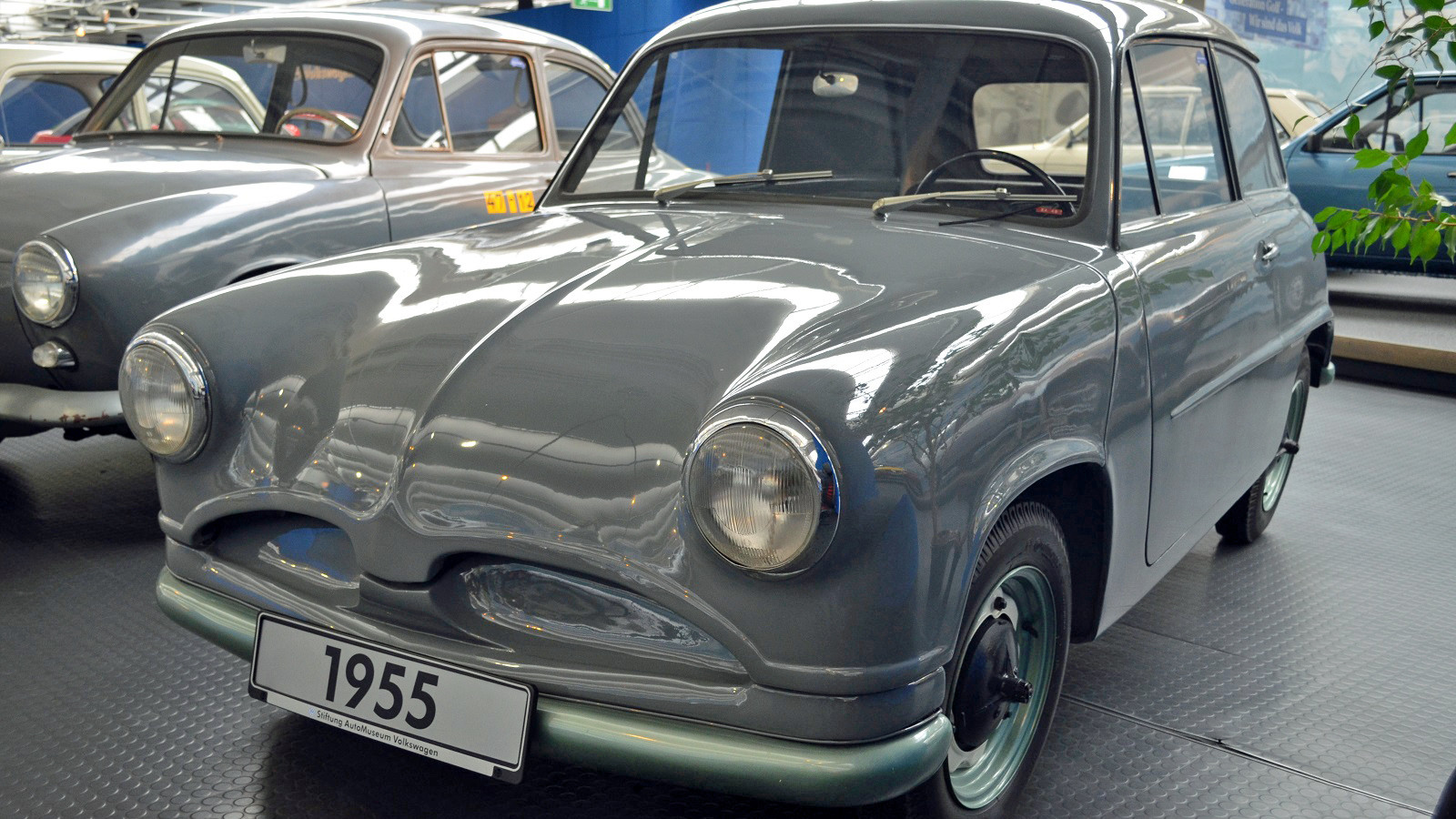 © Ronan Glon
© Ronan Glon -
 © Ronan Glon
© Ronan Glon -
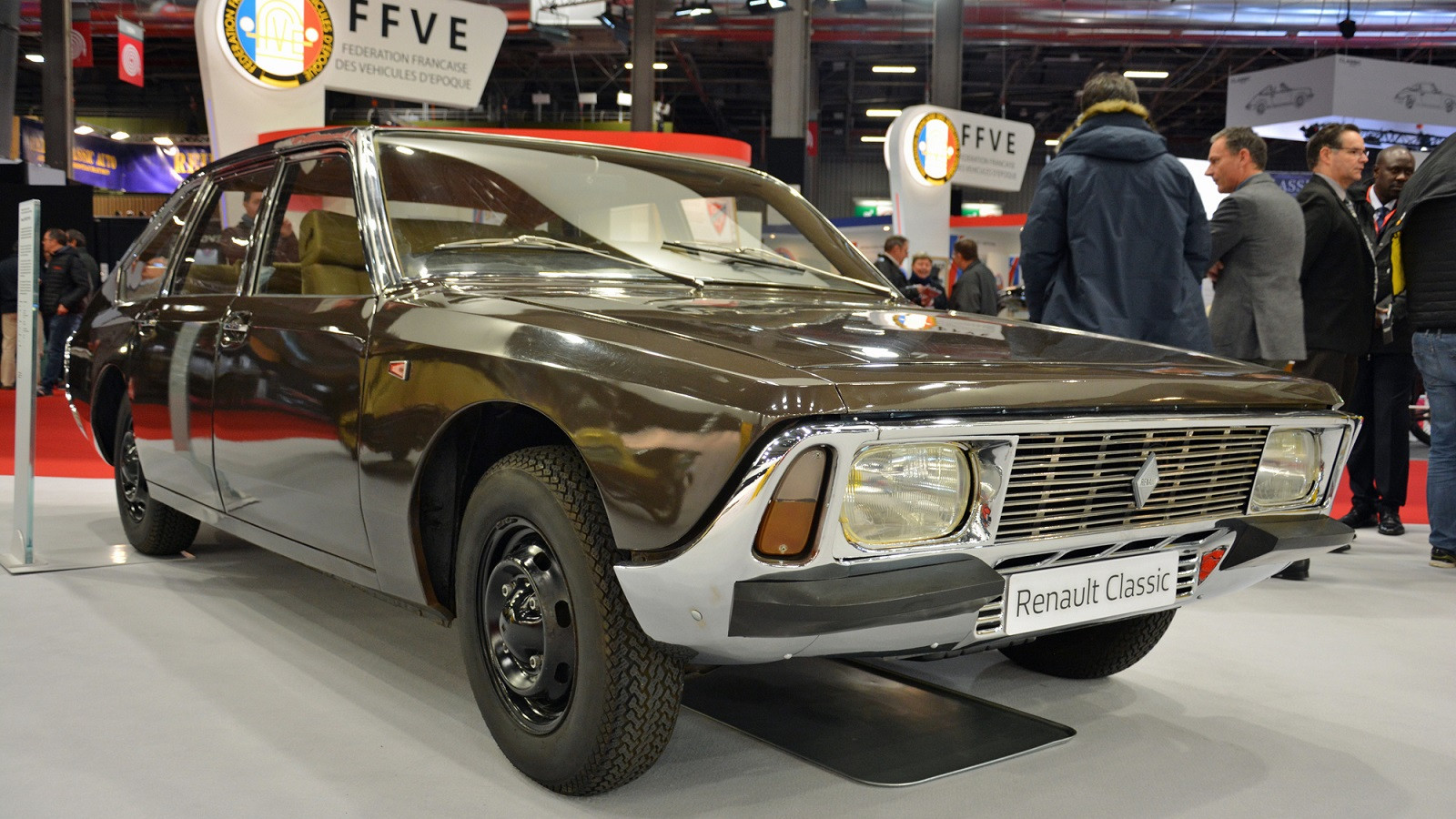 © Ronan Glon
© Ronan Glon -
 © Ronan Glon
© Ronan Glon -
© Ronan Glon
-
© Ronan Glon
-
© Ronan Glon
-
© Ronan Glon
-
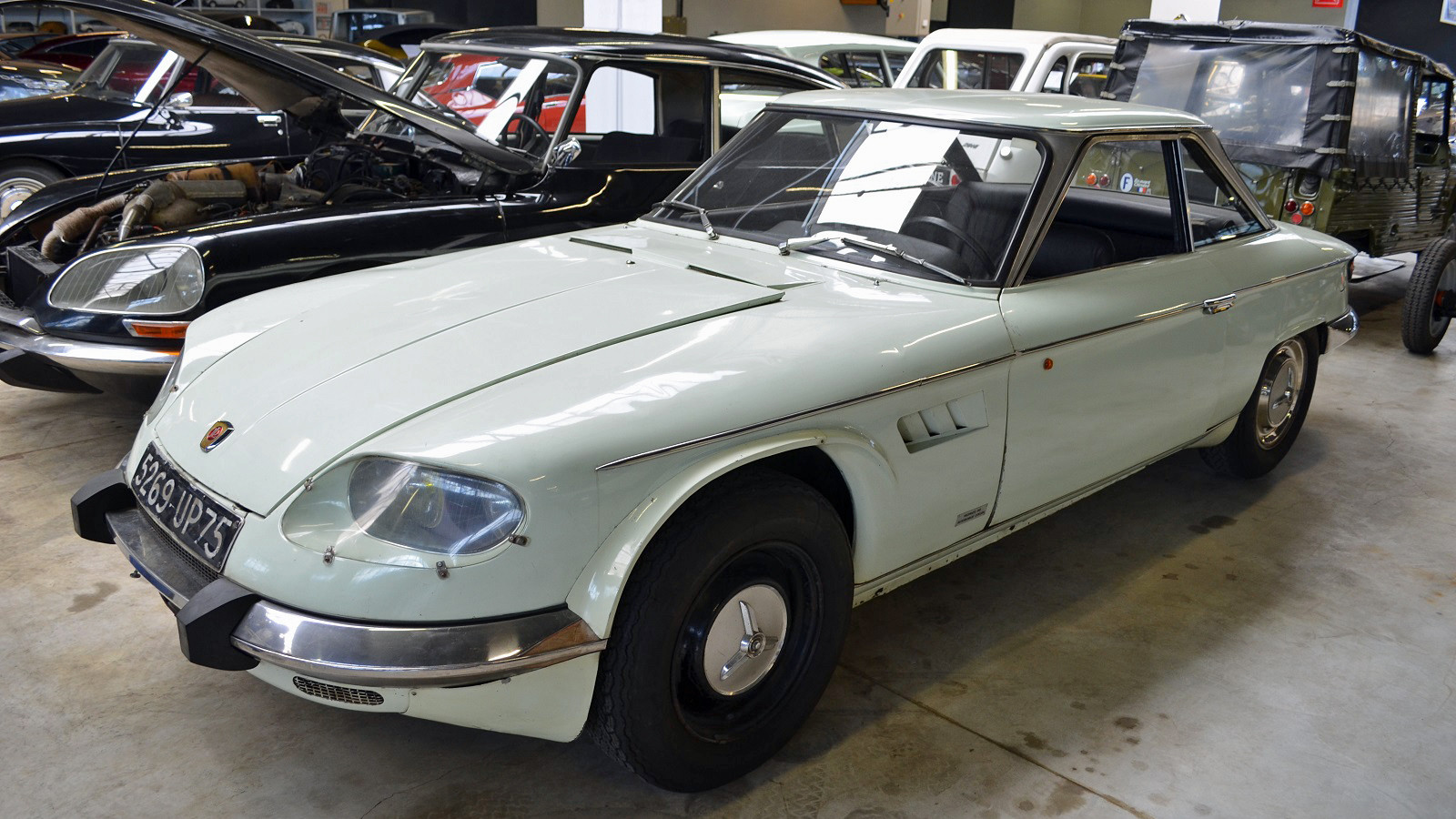 © Ronan Glon
© Ronan Glon -
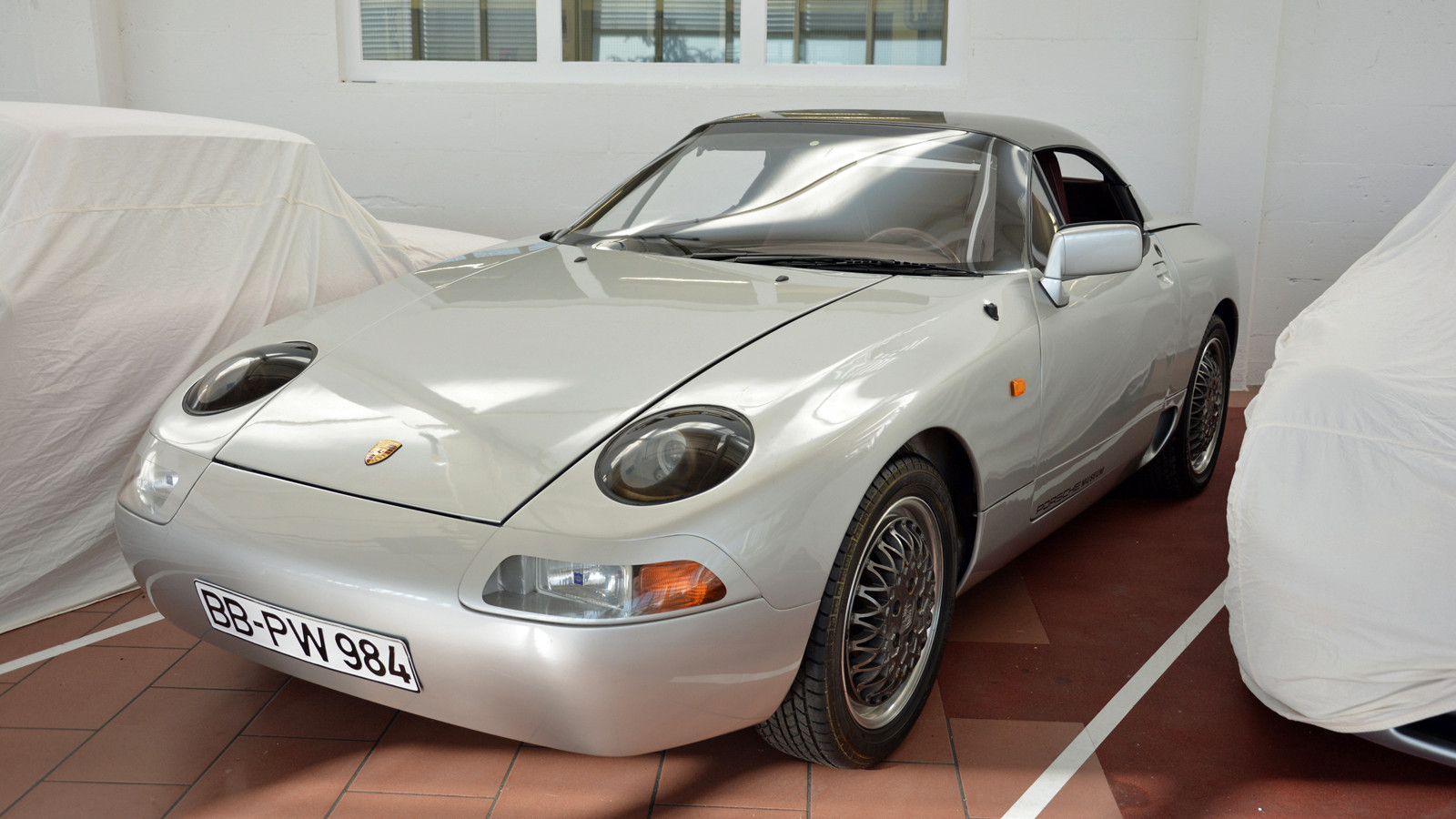 © Ronan Glon
© Ronan Glon -
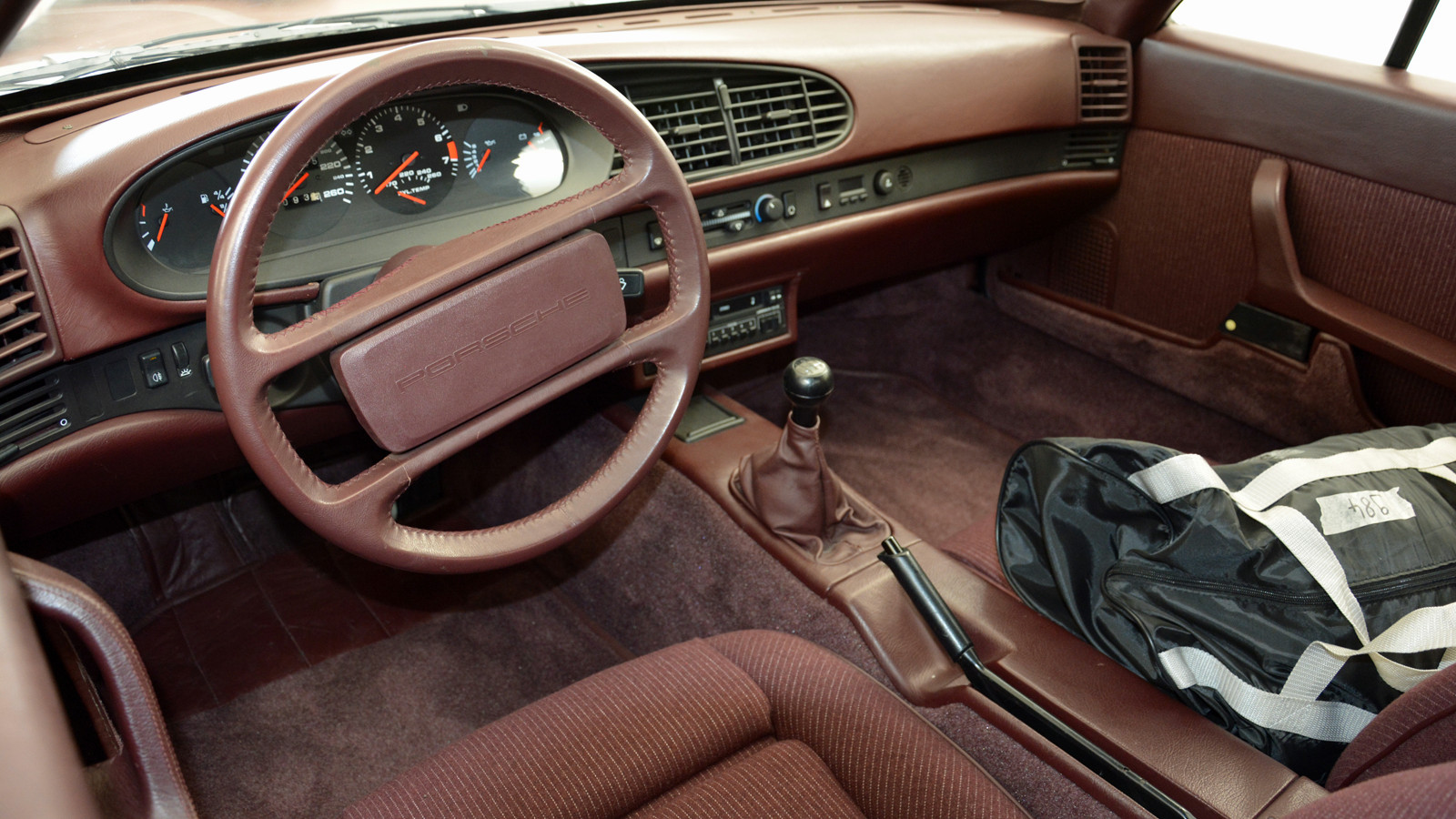 © Ronan Glon
© Ronan Glon -
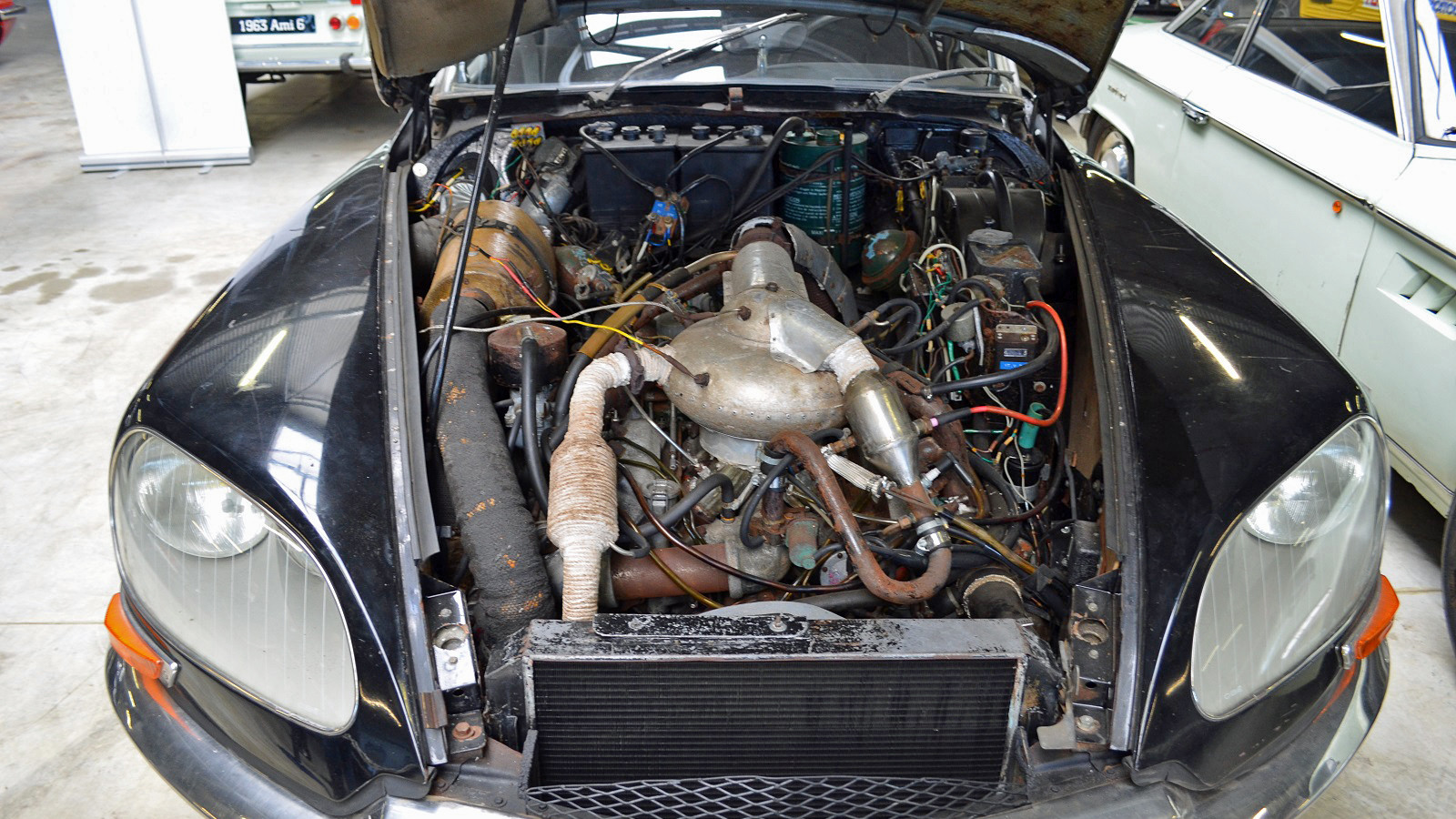 © Ronan Glon
© Ronan Glon -
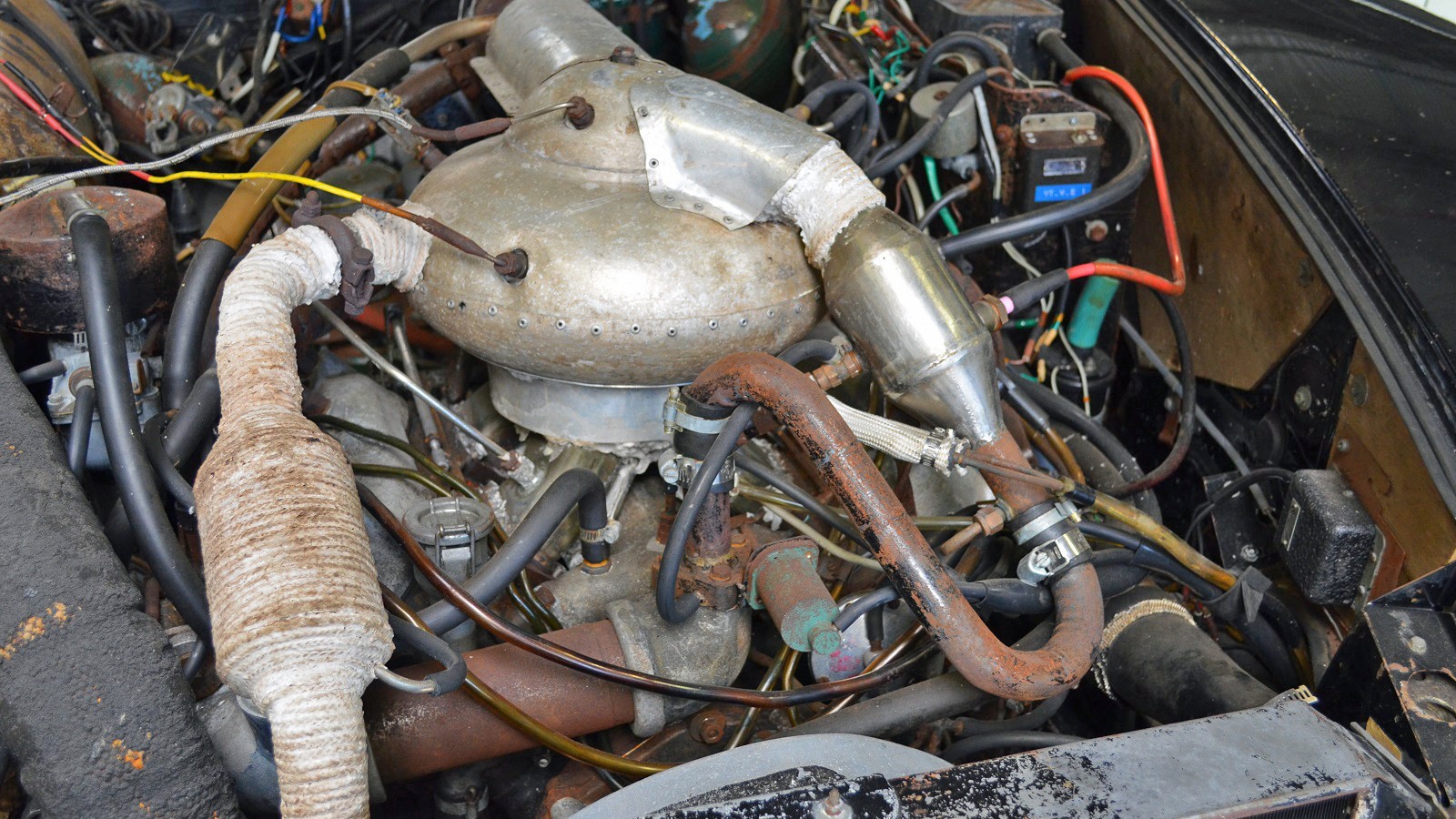 © Ronan Glon
© Ronan Glon -
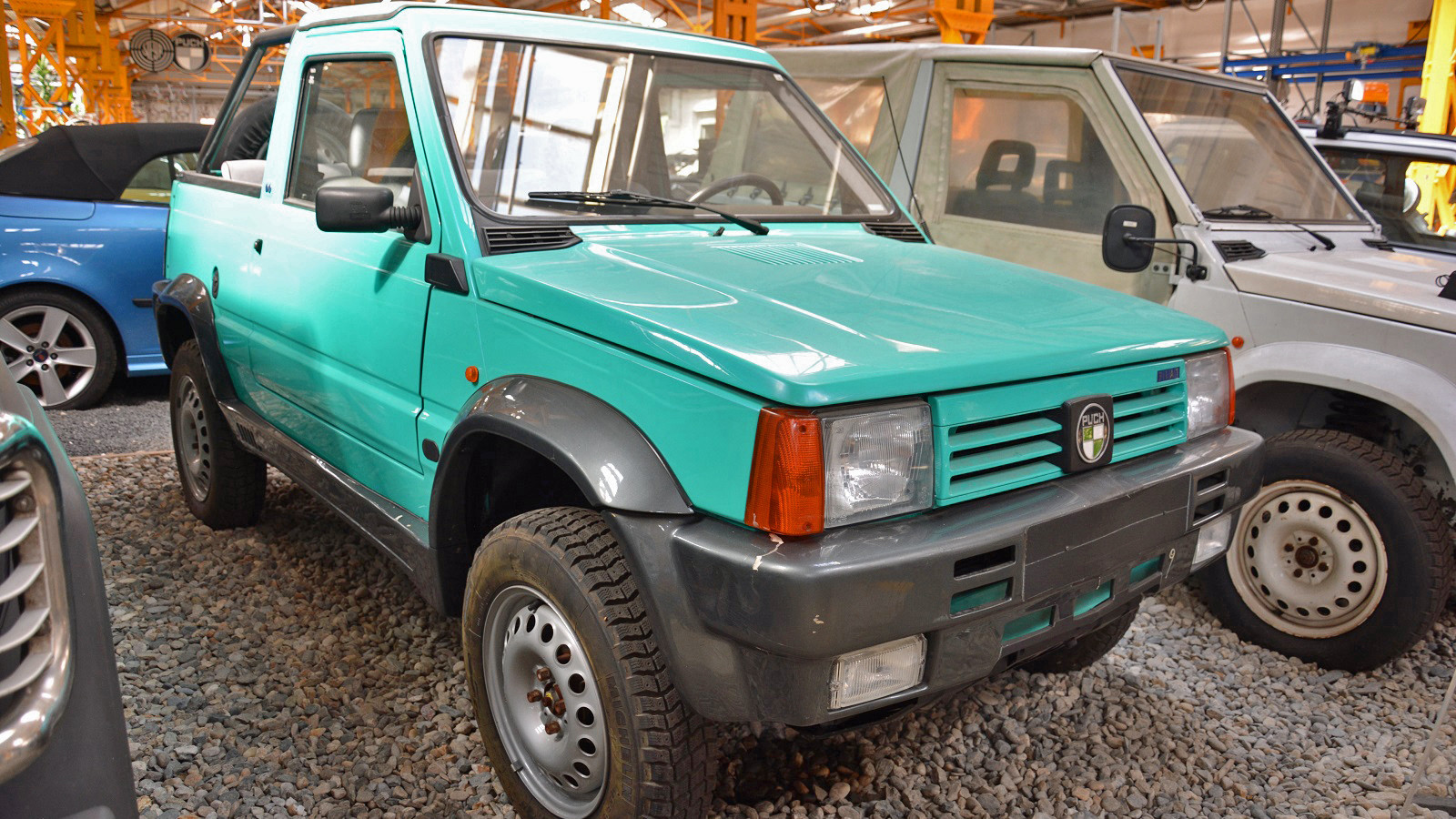 © Ronan Glon
© Ronan Glon -
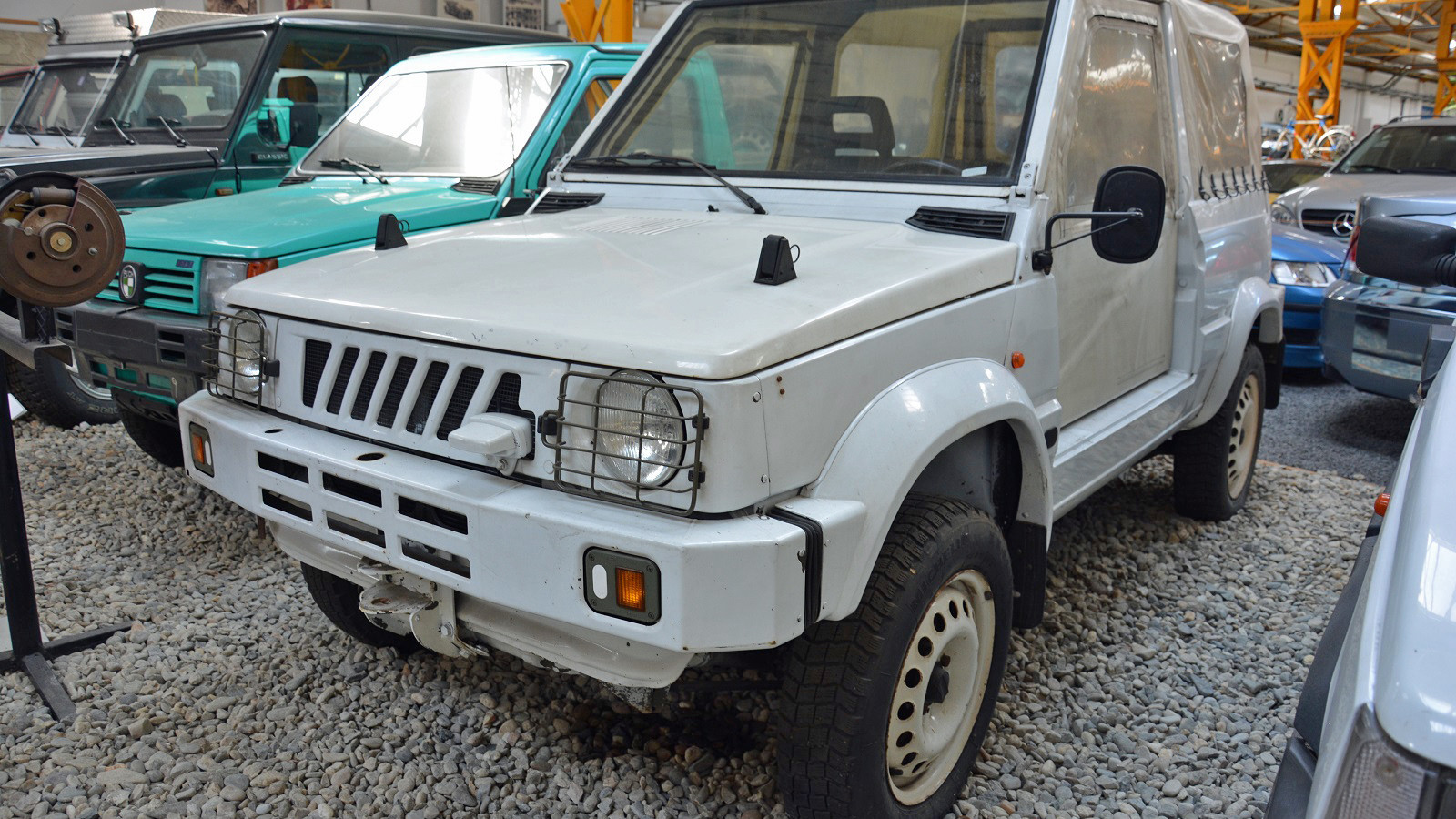 © Ronan Glon
© Ronan Glon -
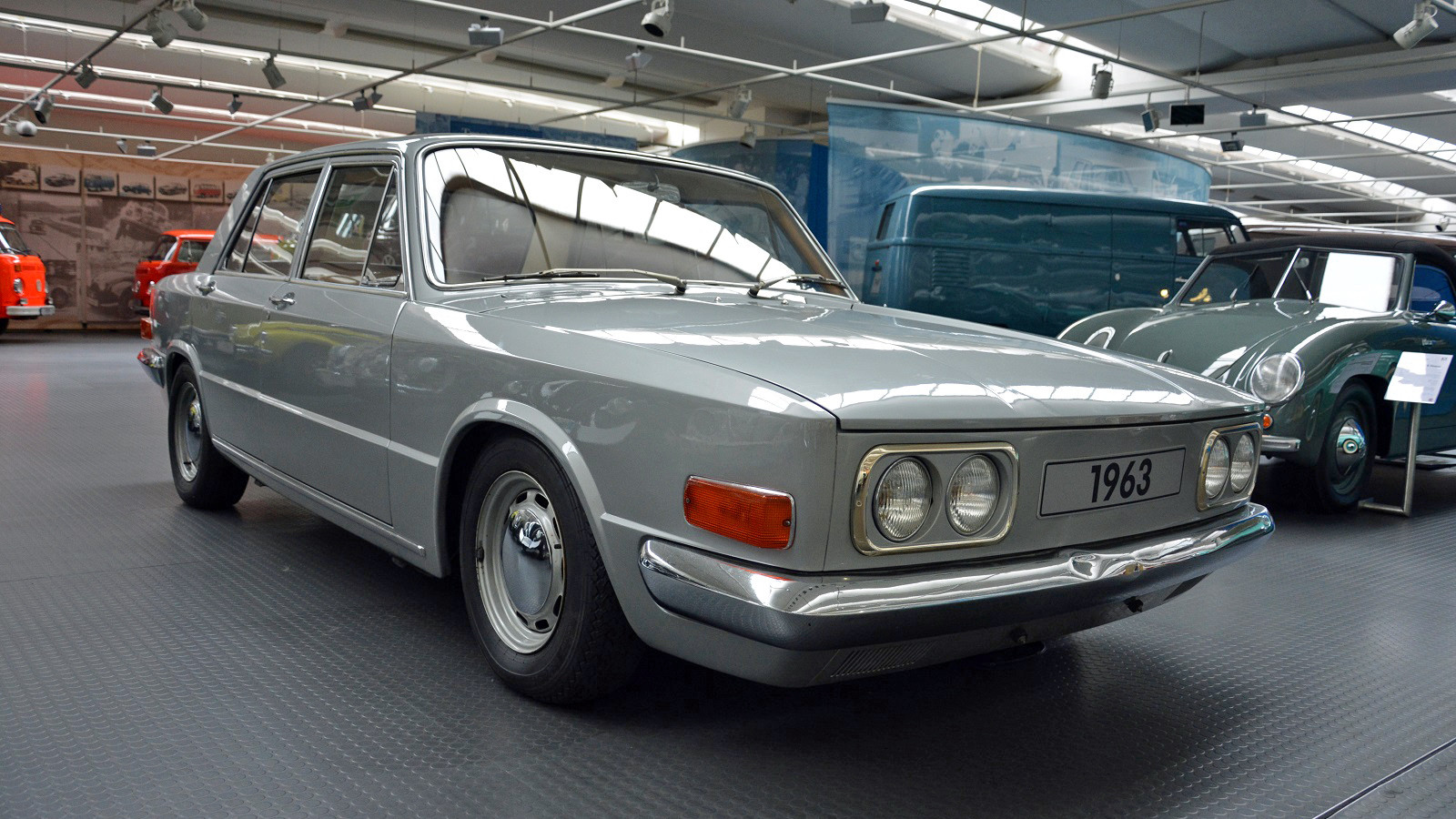 © Ronan Glon
© Ronan Glon -
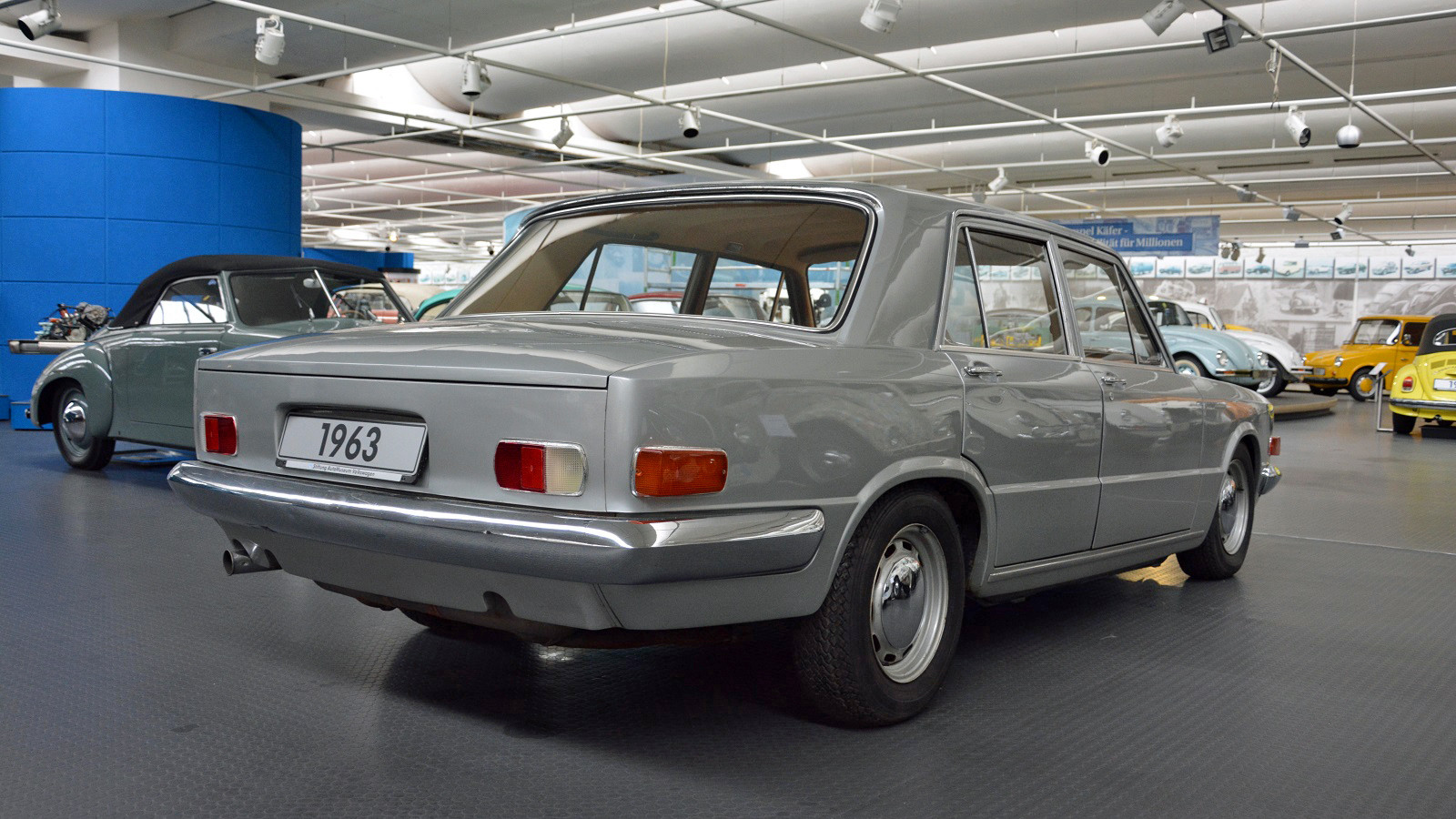 © Ronan Glon
© Ronan Glon -
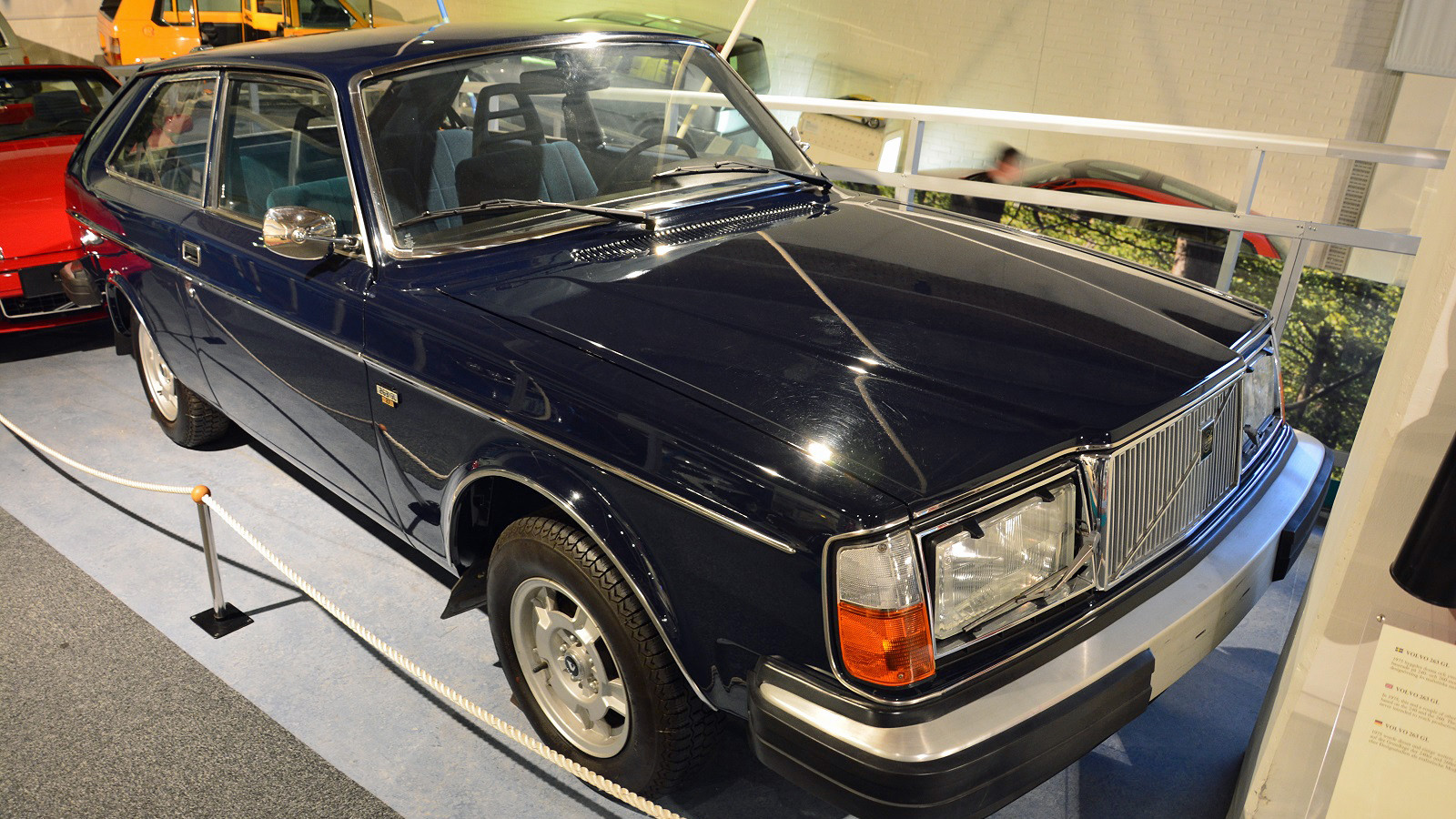 © Ronan Glon
© Ronan Glon -
 © Ronan Glon
© Ronan Glon -
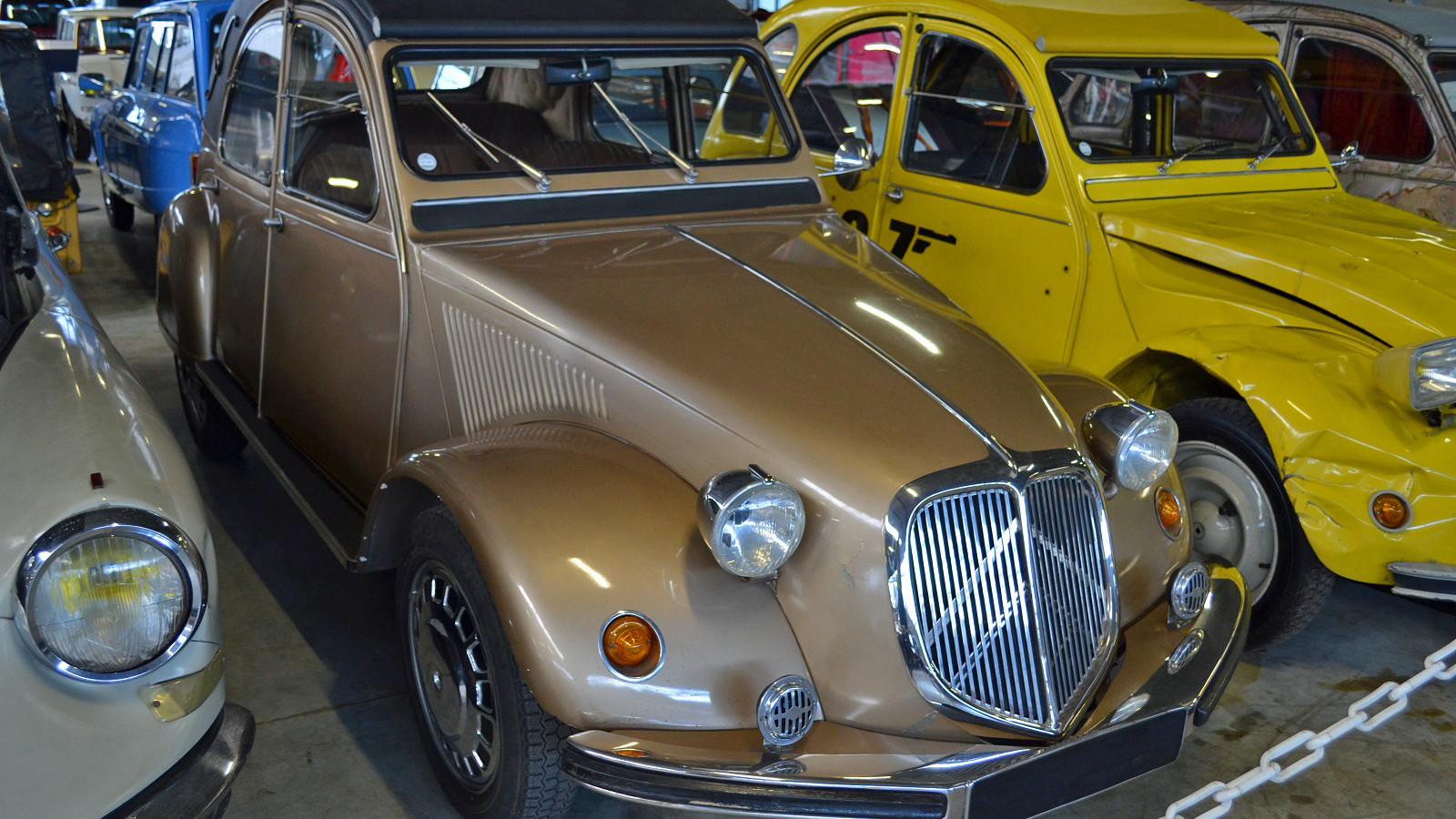 © Ronan Glon
© Ronan Glon -
 © Ronan Glon
© Ronan Glon -
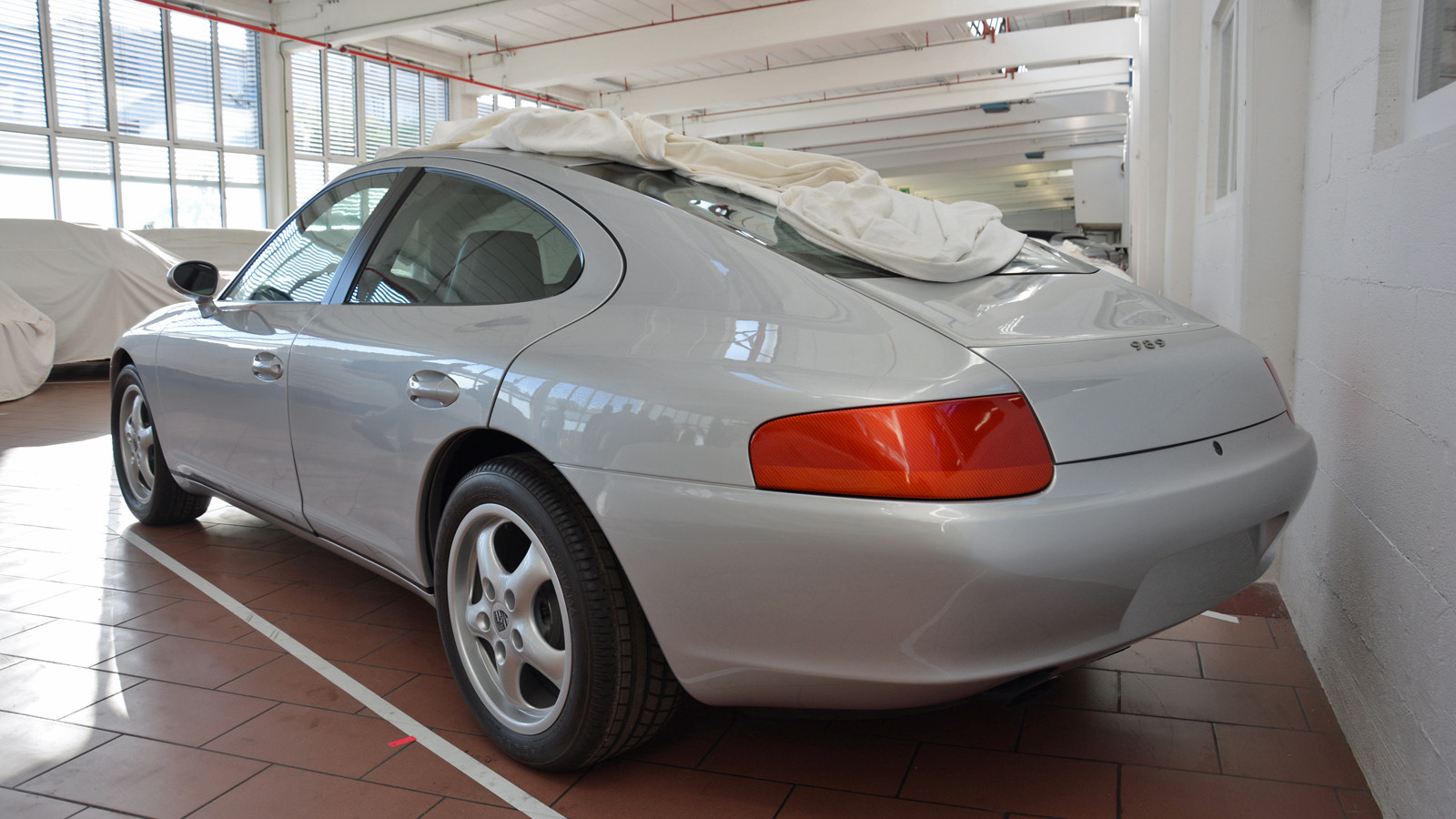 © Ronan Glon
© Ronan Glon -
© Ronan Glon
-
© Ronan Glon
-
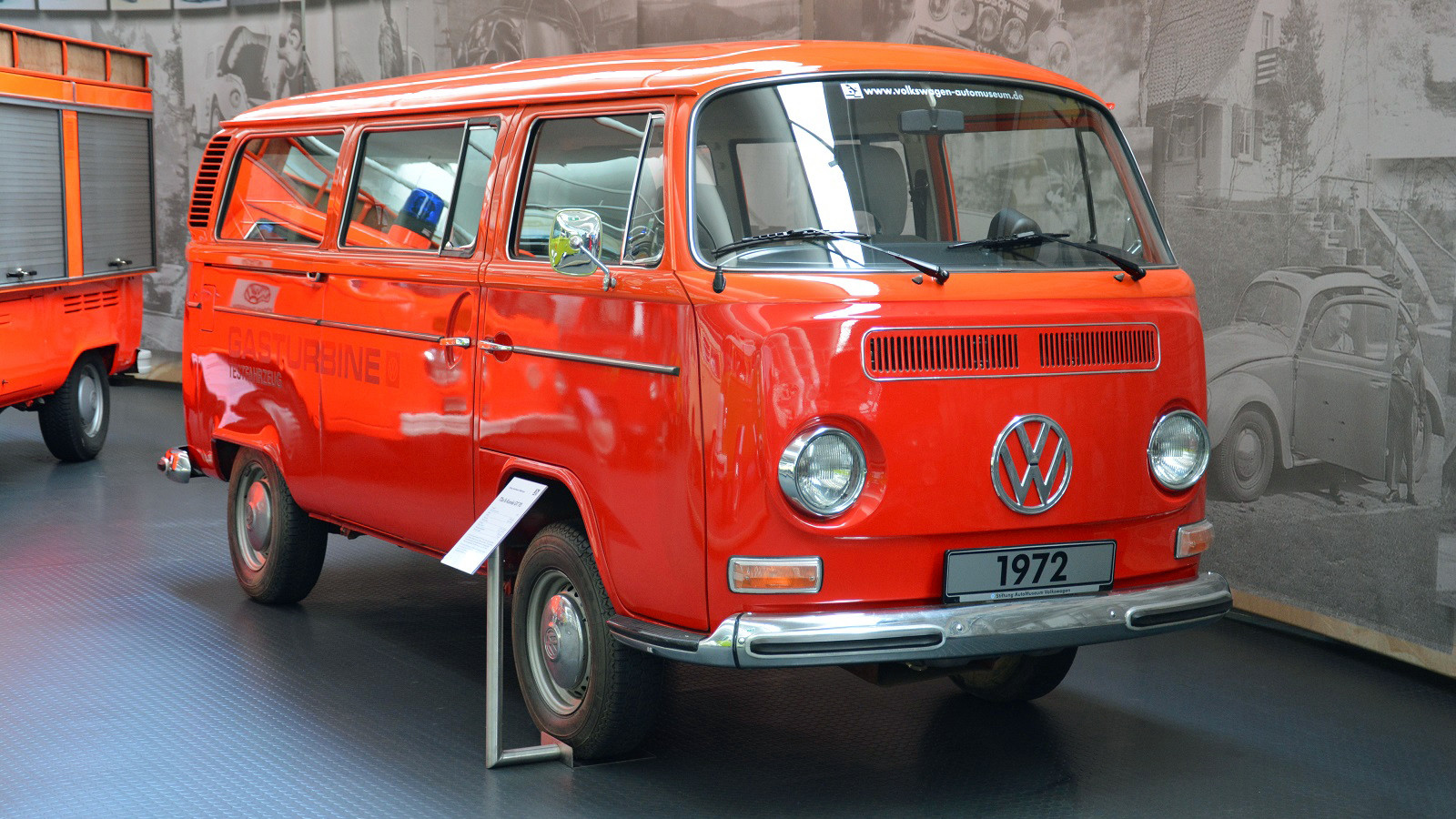 © Ronan Glon
© Ronan Glon -
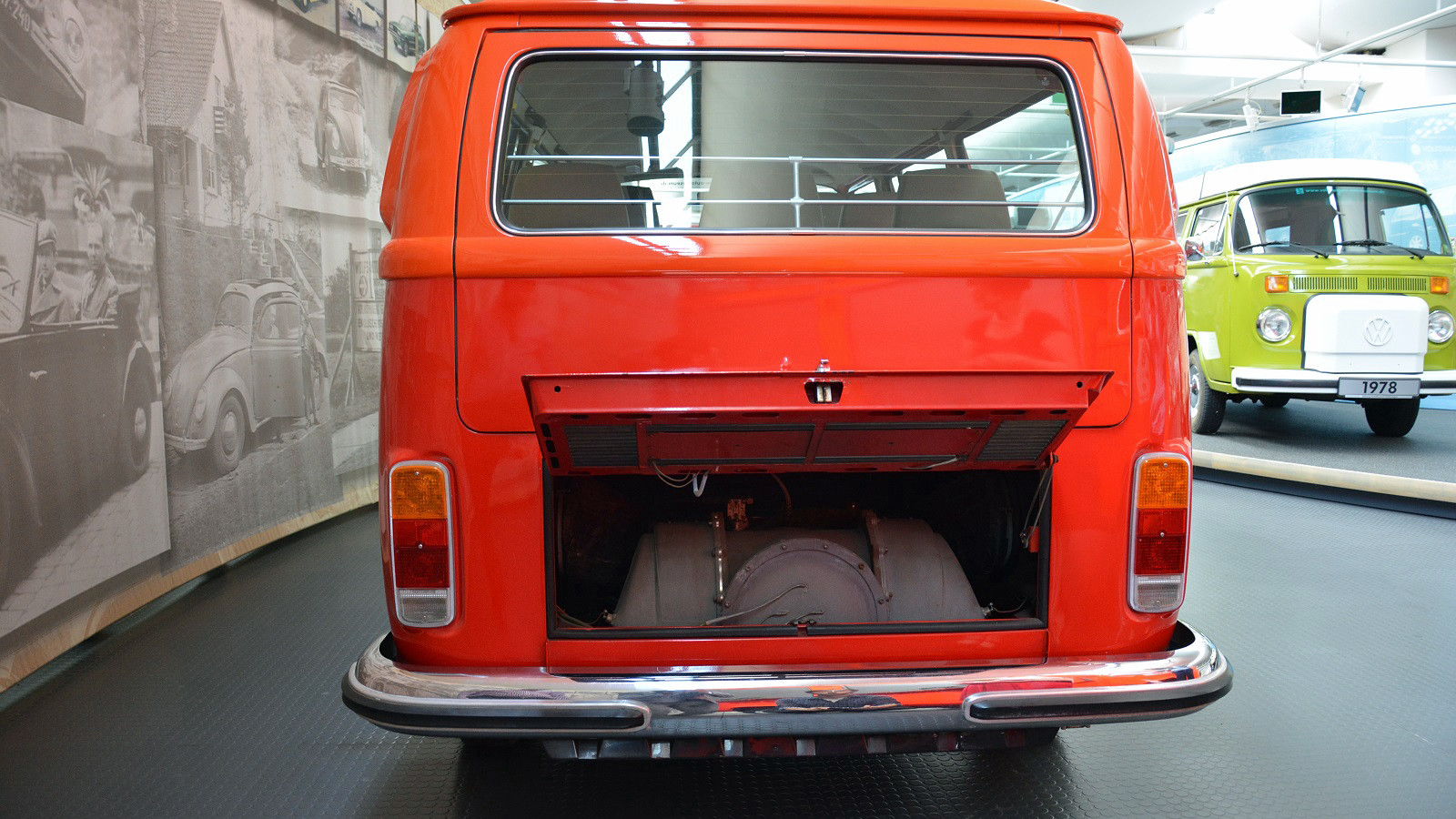 © Ronan Glon
© Ronan Glon -
 © Ronan Glon
© Ronan Glon -
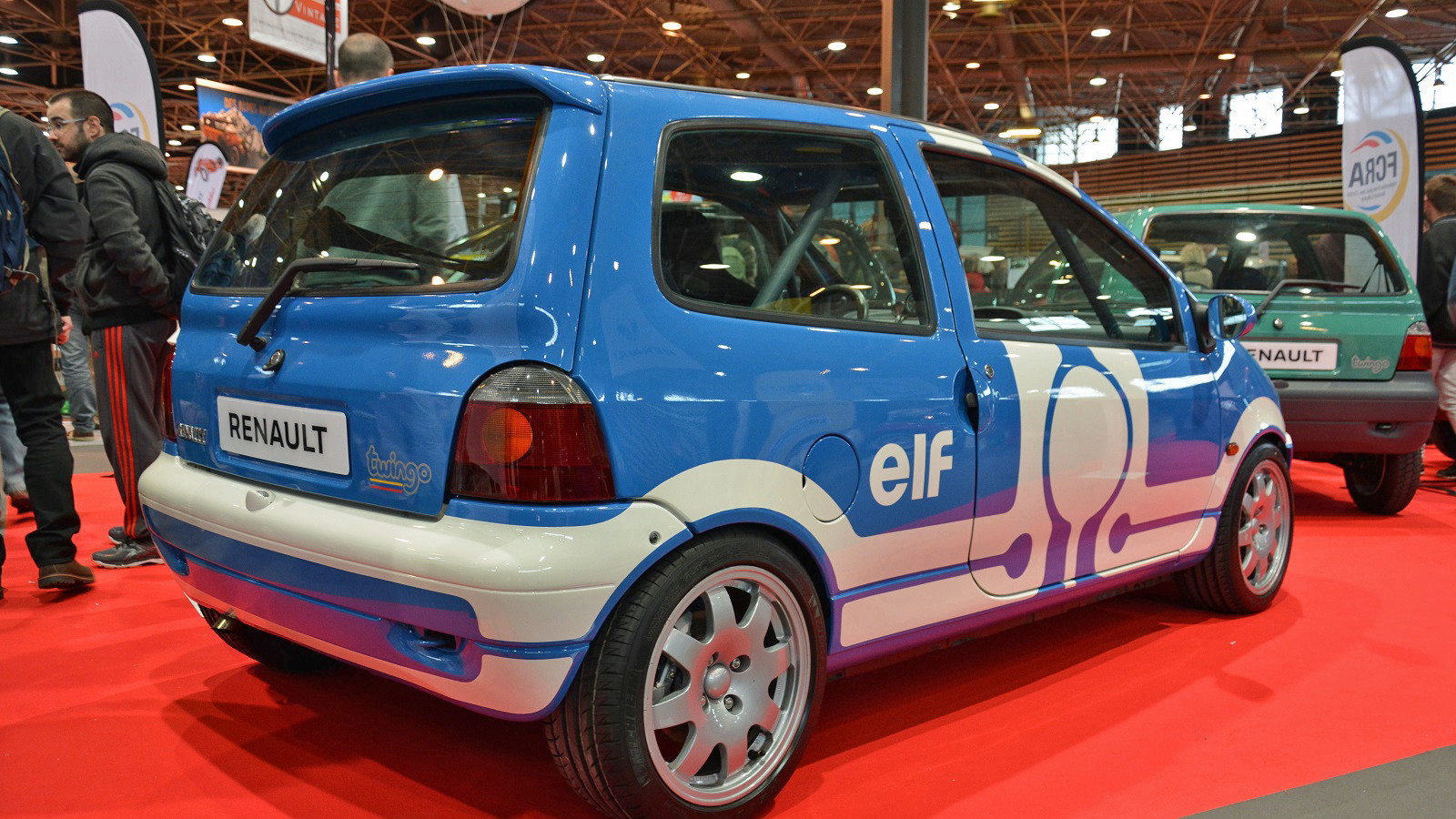 © Ronan Glon
© Ronan Glon -
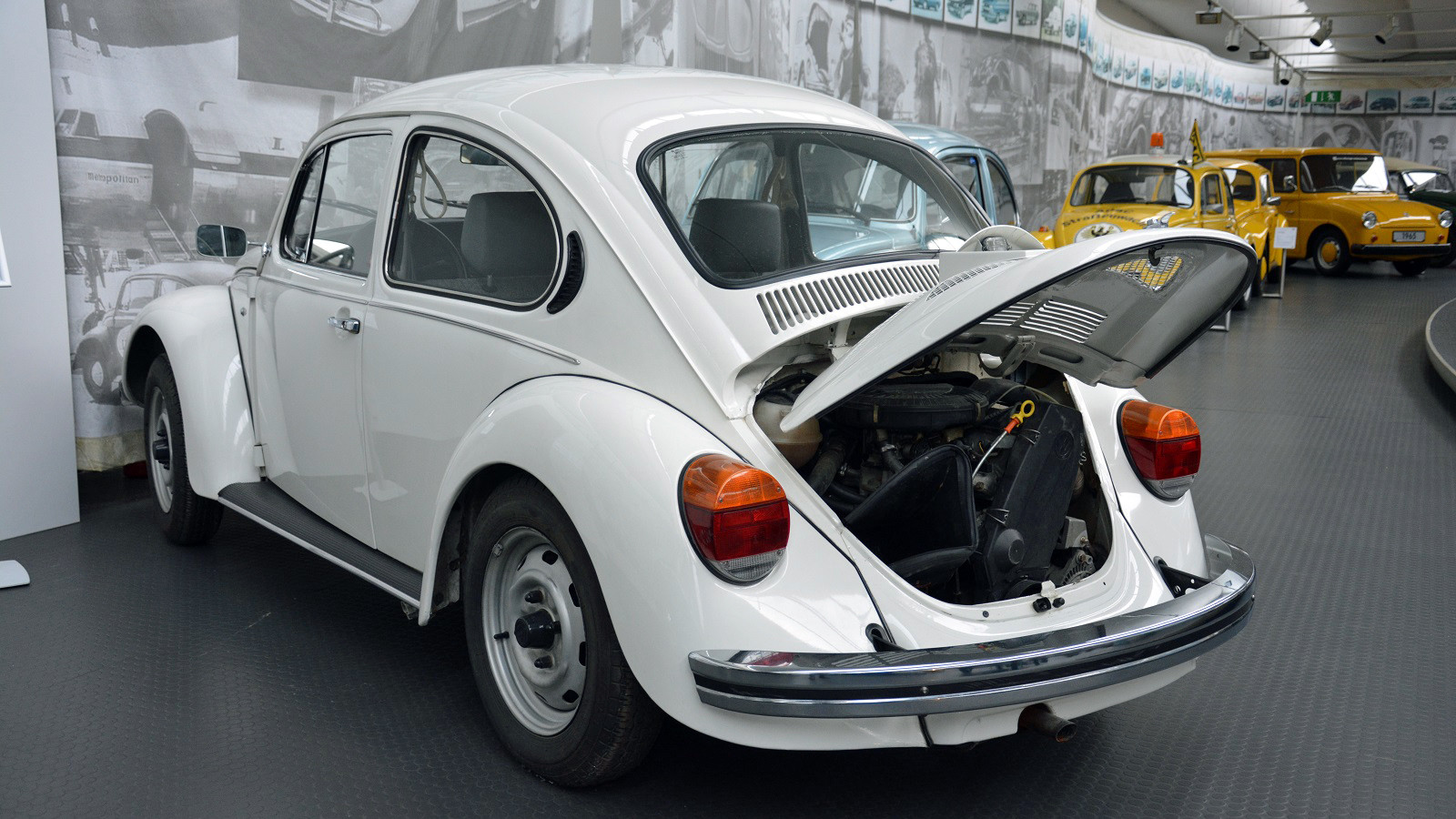 © Ronan Glon
© Ronan Glon -
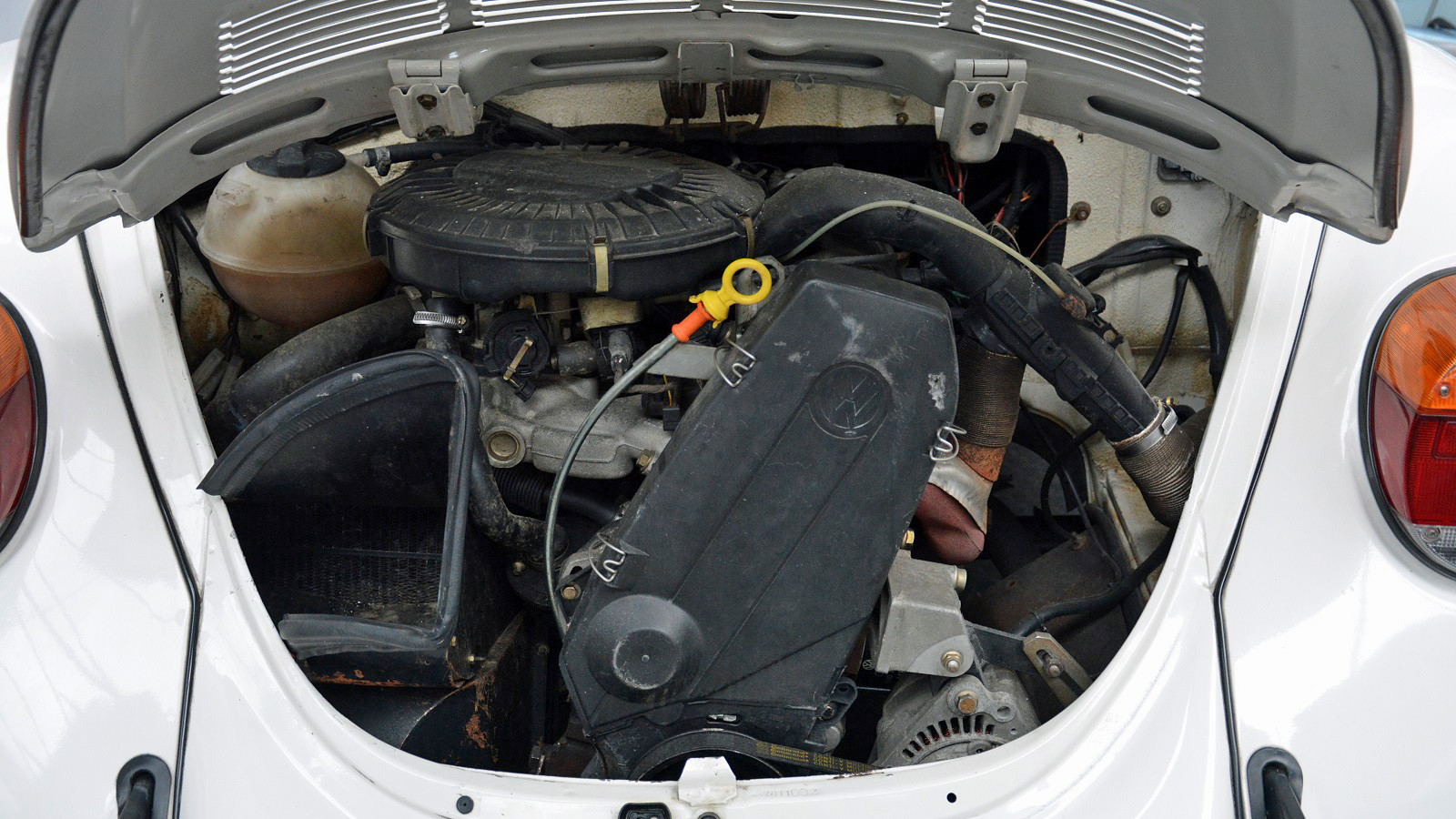 © Ronan Glon
© Ronan Glon
-
Hidden away but not quite forgotten…
Some of the coolest and most unexpected cars never make the leap from the drawing board to the showroom floor. Instead, they remain prototypes and are largely kept out of the public eye.
Decades on, these rare models provide a fascinating insight into the research and development department that created them and the context they would have been born in.
They’re often rougher around the edges than concept cars and far more unusual than production cars – even the ones they indirectly influenced.
Here, then, are some of the most intriguing prototypes car makers experimented with, but ultimately shelved.
-
1. Volkswagen EA-48 (1955)
Austin’s revolutionary Mini might not have been born had Volkswagen released the EA-48.
Engineers began developing an entry-level model positioned below the Beetle in 1953. This was a significant move, because they decided to design the car in-house, without any input from Porsche, and they chose to start from scratch instead of hacking away at the Beetle’s platform to reduce its footprint.
-
Volkswagen EA-48 (continued)
Called EA-48 internally, the prototype featured unibody construction and a 600cc air-cooled flat-twin that sent 18hp to the front wheels via a four-speed manual transmission.
The two-cylinder was essentially a Beetle engine cut in half. Gustav Mayer, the project’s lead engineer, considered creating a small diesel engine but Volkswagen boss Heinz Nordhoff turned down his request.
Mayer developed a McPherson-like front suspension for the EA-48; if launched, it would have been one of the most advanced small cars available in Europe.
The project reached an advanced stage, but Nordhoff cancelled it due to fears the car – which could have worn the 600 nameplate – would steal sales from the Beetle.
Politics played a role in the decision, too. Ludwig Erhard, Germany’s minister for economic affairs, warned Volkswagen that thousands of jobs would be lost if the EA-48 outsold other small cars made by companies such as Lloyd.
EA-48 development ended in 1956. One of the two prototypes survived.
-
2. Renault Project H (1966)
In the second half of the 1960s, Renault hoped to leverage its burgeoning alliance with Peugeot to make a triumphant return to the full-size saloon segment.
Work started on a relatively big four-door with an almost fastback-like roof line called Project H internally and envisioned as a flagship model positioned well above the 16, its range-topper at the time.
Stylists refrained from giving the saloon an overly ostentatious design; the idea wasn’t to make a chrome-festooned Rolls-Royce lookalike. And yet, Project H couldn’t look like an overgrown 4 because it had to credibly compete against models made by Mercedes-Benz, among others.
The end result was a relatively restrained design that looked luxurious but didn’t shout it.
-
Renault Project H (continued)
The long bonnet hid a 3.5-litre, 90-degree V8 developed jointly by Renault and Peugeot. It spun the rear wheels via a four-speed manual transmission.
The company’s archives department indicated work on Project H ended in 1967, but follow-up design studies later influenced the 20/30 launched in 1975.
As for the V8, it lost a pair of cylinders in the wake of the 1973 oil crisis and became the long-lived PRV. It powered dozens of cars made by Peugeot, Renault, Volvo and DeLorean, among others.
-
3. Saab Catherina (1964)
Sixten Sason, Saab’s first designer, drew a head-turning coupé in the early 1960s.
His higher-ups quickly identified the study’s potential, so they asked him to make several changes to the basic design and commissioned a Swedish railroad car company named ASJ to build a life-sized prototype.
-
Saab Catherina (continued)
Saab executives were keen on the idea of releasing a sports car they could position as a follow-up to the original Sonett, which was made in small numbers between 1955 and 1957.
They considered approving the Catherina for production, and identified that it could have used components sourced from the 96, but they instead selected another, less Alfa Romeo-like prototype named MFI-13 that eventually morphed into the second Sonett.
-
4. Lamborghini Cheetah (1977)
Lamborghini’s first off-roader was the Cheetah prototype developed jointly with an American defence contractor named Mobility Technology International (MTI).
Presented at the 1977 Geneva motor show, this buggy-like machine was built exclusively with military use in mind, so it had high approach and departure angles and its body panels were nearly flat to make it easier to install armour.
-
Lamborghini Cheetah (continued)
Lamborghini decided the Countach’s V12 engine was ill-suited to military use, so it settled on a 5.9-litre V8 borrowed from Chrysler.
Somewhat puzzlingly, though, it mounted it over the rear axle – and with the majority of the weight out back, the Cheetah had an alarming tendency to tip over while going up steep hills.
The company allocated a tremendous amount of resources to the Cheetah project, so it gradually fine-tuned the off-roader into the LM002 unveiled in 1986 to recoup its investment.
Its overall silhouette stayed roughly the same, but it offered a much nicer interior and a front-mounted V12.
-
5. Panhard 24 CT (1967)
Citroën closed Panhard in 1967, two years after it purchased the firm, because turning it around would have been too expensive and it had its own problems to worry about. But this 24 CT-based prototype confirms it considered updating the model and keeping Panhard open.
Engineers extended the front end to clear up enough space in the engine bay for a 2.2-litre, 124hp evolution of the DS 21’s engine. Alternatively, it could also receive a 2-litre ‘four’ with dual overhead cams and 145hp. Either option would have given Panhard’s gorgeous coupé the power it needed to become a budget-friendly GT.
Ultimately, though, the 24 didn’t receive a four-cylinder engine, instead keeping its flat-twin until the end, and the 2-litre never reached production.
-
6. Porsche 984 (1984)
Seriously envisioned as a production model, the mid-engined 984 would have slotted at the bottom of the Porsche range as a more attainable alternative to the 911.
If it had made it into production, we like to think it would have been hailed as the model that bridges the gap between the 914 made until 1976 and the original Boxster released in 1996.
-
Porsche 984 (continued)
Its mid-mounted, 2-litre flat-four engine sent 135hp to the rear wheels via a five-speed manual transmission.
Internal testing revealed it was light, quick and nimble; it was exactly the kind of car Porsche needed to lure younger enthusiasts into showrooms.
Development work stopped abruptly when new car sales in America (the 984’s main target market) collapsed after the 1987 stock market crash. Porsche still wanted to expand, but it shifted its focus to more mainstream projects.
-
7. Citroën DS21 V4 (1967)
This prototype looks like a bone-stock 1967 DS21 until you open the bonnet.
It’s powered by a supercharged, 1.8-litre two-stroke V4 engine whose output was on par with that of a V8, according to the company’s archives department. The engine was called P1 internally.
-
Citroën DS21 V4 (continued)
The P1 shown here is a one-off, hand-made prototype; the production version would have looked far less experimental.
Citroën considered making the V4 available in American-spec cars to comply with the strict emissions rules California began enforcing in 1975, but it ultimately left the United States in 1974.
-
8. Fiat Panda 4x4 by Steyr-Puch (civilian model, 1991)
The once-popular beach car segment collapsed during the 1980s, but Austria-based Steyr-Puch strongly believed it could revive it by using the Fiat Panda as a foundation.
You wouldn’t expect a born-again beach car to come from a land-locked country, but Steyr-Puch knew the Panda better than most: its engineers notably helped Fiat develop the 4x4 model’s four-wheel drive system.
Starting with familiar bones, it cut the roof after the b-pillar and added thick roll bars in the name of safety and rigidity.
Motorists could have driven with the back half of the car open to let the breeze in or closed it with a soft top. It’s not too far-fetched to imagine a removable hard top.
Steyr-Puch also installed a body kit that included wheel arch extensions, but it left everything under the sheet metal untouched. If launched, the Panda could have picked up where the Citroën Méhari, the Mini Moke and the Renault Rodeo left off.
-
9. Fiat Panda 4x4 by Steyr-Puch (military model, 1991)
Beach cars didn’t randomly disappear; sales dropped to the point where spending money on creating new ones just didn’t make business sense.
Steyr-Puch hoped to address this by selling a version of its open-topped Panda to the Italian army to replace the ageing Campagnola off-roaders.
Officials turned down the offer, which might explain why the civilian model also remained at the prototype stage.
-
10. Volkswagen EA-128 (1963)
Volkswagen is much more open about its past prototypes than most automakers and the museum it runs in its home town of Wolfsburg is the best place to see them in the metal.
The EA-128 saloon built and tested in 1963 explored what a German alternative to the Chevrolet Corvair could look like.
It came to life as Volkswagen considered moving upmarket, well beyond the Karmann-Ghia’s plateau, by deepening its ties with Porsche. Sound familiar? The EA-128’s boxy body hid a version of the then-upcoming 911’s 2-litre, air-cooled flat-six engine detuned to 89hp.
-
Volkswagen EA-128 (continued)
Volkswagen’s vehicle development team built the EA-128 with production in mind and gave it a sumptuous interior with leather upholstery and full instrumentation.
It could have cruised on the autobahn by the middle of the 1960s, but Volkswagen abandoned the project for a variety of reasons. One was that executives weren’t sure how motorists would react to a luxury saloon made by a company known for offering small, humble economy cars such as the Beetle. Again, sound familiar?
-
11. Volvo 263 GL (1975)
Volvo stylists experimented with several hatchback variants of the 200 during the 1970s. The prototype shown here was made in 1975 and the 263 designation suggests it’s powered by a 2.7-litre PRV V6 rated at 138hp.
If launched, it would have been the fourth body style in the 200 catalogue.
-
Volvo 263 GL (continued)
This prototype looks nearly ready for production – it’s even wearing custom-made 263 GL emblems – but Volvo indicated all of the hatchback design studies it experimented with during the 1970s were largely created to quench the curiosity of its design department.
The Swedish company instead filled the hatchback-sized hole in its range when it released the 343 – which started life as a DAF – in 1976.
-
12. Citroën 2CV Pop (1974)
In 1974, the year the 2CV celebrated its 26th birthday, Citroën asked its design department to update the car with a heritage-laced design and more upmarket features.
Stylists added a chromed grille inspired by that of the Traction Avant, a black vinyl roof, Volkswagen Beetle-like running boards and a bigger boot lid with an external spare tyre. The longer front end hid a flat-four engine borrowed from the GS.
The production version should have arrived in showrooms in the 1970s wearing the Grand Luxe nameplate, but Citroën cancelled the project shortly after building the 2CV Pop prototype. It seems making a more luxurious 2CV was too much of a distraction for a company on the brink of bankruptcy.
-
13. Porsche 989 (1988)
Porsche steered itself into dire financial straits in the 1980s and it knew it needed volume to navigate its way out. With the 984 project out of the picture, it focused its attention on launching a four-door saloon capable of providing 911-like performance for the whole family.
Known as the 989, it wore 911-like proportions that concealed a front-mounted, 4.2-litre V8 closely related to the one Audi put in many of its cars during the late 1980s. Its output checked in at 350hp in its most basic configuration.
-
Porsche 989 (continued)
The 989 wasn’t a wild, overly futuristic design study created for the auto show circuit – in fact it was remarkably close to a saloon Porsche could build in significant quantities.
Executives locked in a 1995 launch date, but backpedalled when they realised the numbers didn’t add up: the 989 would have cost a fortune to develop and build, and Porsche wouldn’t have seen a return on its investment.
While some of its styling cues made their way on to the controversial 996-generation 911, Porsche didn’t enter the saloon segment until it released the first-generation Panamera in 2009.
-
14. Puch Roadster S (1959)
Austrian marque Puch’s home-brewed version of the Fiat 500 sold better than expected, so the company considered expanding its portfolio of small cars by launching a sporty convertible.
It assigned the task of drawing a voluptuous body to Italian design house Vignale and developed the rest of the car in-house.
-
Puch Roadster S (continued)
The air-cooled flat-twin used by Puch’s variant of the Fiat 500 was too anaemic to power a true sports car, so engineers fused two of them together to create a 985cc flat-four rated at 45hp. Later prototypes benefited from a 1.3-litre, 56hp ‘four’.
Puch raided its parts bin to complete the project (it notably installed drum brakes from the Haflinger off-roader), so the Roadster S would have been relatively cost-efficient to produce.
For whatever reason, though, it never entered production; maybe executives just decided that demand for convertibles would be rather low in Austria, a country better known for skiing than for surfing.
-
15. Volkswagen GT70 (1970)
Don’t let the name GT70 fool you; the Volkswagen GTI doesn’t trace its ancestry to a hot-rodded Bus. Instead, the initials instead announced the presence of a gas turbine installed in the space normally occupied by the flat-four engine. Williams Research Corporation helped Volkswagen put this prototype together.
-
Volkswagen GT70 (continued)
The 74hp gas turbine was more efficient than the original flat-four and much easier to package because it was smaller, but it was also far heavier and jaw-droppingly expensive to build.
Engineers decided the cons outweighed the pros, so the GT70 never made it beyond the prototype stage.
-
16. Renault Twingo Cup (1995)
Renault Sport began looking into ways to inject more power into the Twingo shortly after the model made its debut in 1992.
The project’s aim was to replace the Clio in cup car racing and position the Twingo as the entry point in Renault’s racing programme. Light and easy to drive in its standard configuration, the original Twingo would have made a formidable hot hatch.
-
Renault Twingo Cup (continued)
Renault Sport tested three Twingo-based prototypes, including this blue-and-white example made in 1995. It’s powered by a 2-litre four-cylinder engine that sends 150hp to the front wheels via a six-speed manual transmission.
The company also experimented with a 135hp, 1.6-litre four-cylinder engine. For context, the standard Twingo went on sale with a 1.2-litre version of the time-tested Cléon-Fonte engine that delivered 55hp to the ground via a five-speed manual gearbox.
Ultimately, the bigger Clio continued racing because Renault Sport abandoned the Twingo Cup project in the middle of the 1990s.
The firm didn’t in fact release a spicier version of Renault’s entry-level model until the 133 arrived at the 2008 Geneva motor show; this was based on the second-generation Twingo introduced in 2007.
-
17. Polo-powered Volkswagen Beetle (1984)
Volkswagen began the process of figuring out how to stuff a water-cooled engine into the Beetle during the 1970s. The model still sold well with its flat-four, but executives feared it would sooner or later fall on the wrong side of emissions regulations. This prototype made in 1984 shows what could have been.
-
Polo-powered Volkswagen Beetle (continued)
Shoehorning the Polo’s 1-litre, 45hp four-cylinder engine into the Beetle required making significant modifications to the body and packaging every component (including the radiator and the alternator) Tetris-style.
It all fit, surprisingly, but Volkswagen decided not to bring the setup to production and the Beetle consequently kept its air-cooled flat-four until it finally retired in 2003.
